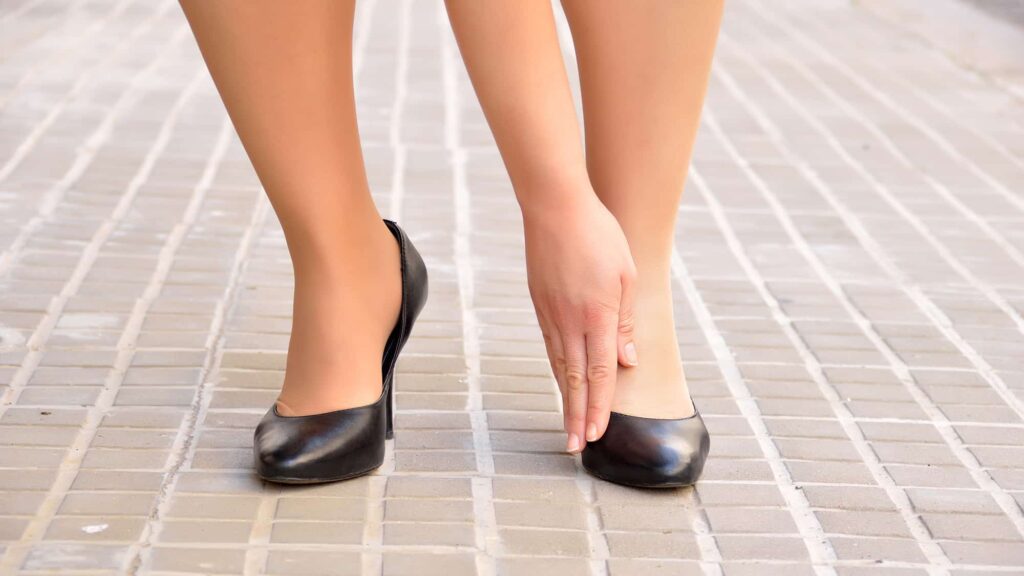Identifying a medical issue is always the first step toward curing it. This is certainly the case with bunions, those pesky lumps that can develop at the base of the big toe. Identifying a bunion early on can allow you to avoid surgery, which is the common treatment option for a bunion in advanced stages of development. That’s why it’s always best to pay close attention to your feet and act immediately if you suspect you’ve got a bunion.

What Are Bunions?
Bunions appear as a lump near the big toe, and they’re caused by a misalignment of the bones in the foot. When the bones from the big toe point toward the second toe, it causes the joint to protrude. While tight-fitting shoes can exacerbate symptoms, they don’t create a bunion themselves.
How to Tell If You Have a Bunion
A savvy individual should be able to identify a bunion shortly after symptoms develop. This quick self-diagnosis will make it easier to treat the symptoms before surgical intervention becomes necessary. Here are four signs of bunions to look out for.
1. You can see a bump on the outside of the base of your big toe
The visible bump is the most obvious sign of a bunion. It usually appears right where the big toe meets the rest of the foot. A visible bunion is already in a relatively advanced stage, and you should contact a doctor immediately after noticing the bump.
2. Your big toe joint is swollen or sore
Even before a lump becomes visible, you’ll likely experience a bit of swelling around the big toe. You might notice that your feet hurt after a few hours in shoes, and your big toe could lose some mobility. Catching a bunion at this stage will make it easier to treat.
3. Your foot feels tight when wearing shoes
A bunion will affect the shape of your foot long before you notice an actual bump. Many people first notice the change when their shoes feel a little tighter than usual. If you suddenly feel your toes don’t have the wiggle room they need, a bunion might be to blame.
4. You feel pain in the joints of your big toe
Pain in and around your big toe is a sure sign that something’s wrong with your foot. In many cases, a bunion turns out to be the underlying issue. Don’t brush off pain or assume it will go away on its own. It’s always best to be proactive.
Bunion Treatment
Bunions are typically treated with pain relievers that limit the discomfort associated with the condition. You can also relieve symptoms by wearing wider shoes and icing the affected area. In some cases, surgery is necessary to correct the misalignment and solve the problem once and for all. If you’d like to avoid the need for surgery, do everything you can to spot a bunion in its earliest stages.


